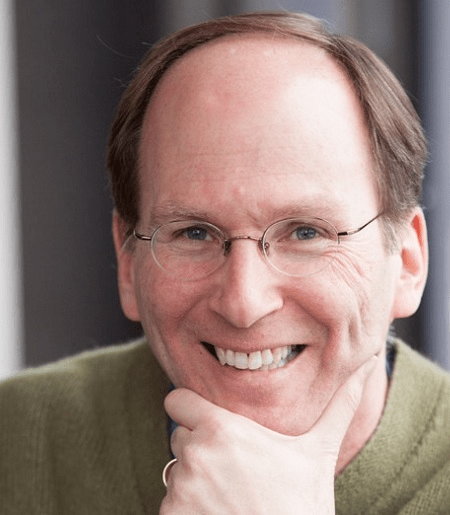Research Focus
Dynamical systems applied to physics, biology, and social science.
I have broad interests in applied mathematics. At the beginning of my career I was fascinated by mathematical biology and worked on a variety of problems, including the geometry of supercoiled DNA, the dynamics of the human sleep-wake cycle, the topology of three-dimensional chemical waves, and the collective behavior of biological oscillators, such as swarms of synchronously flashing fireflies. In the 1990’s, my work focused on nonlinear dynamics and chaos applied to physics, engineering, and biology. Several of these projects dealt with coupled oscillators, such as lasers, superconducting Josephson junctions, and crickets that chirp in unison. In each case, the research involved close collaborations with experimentalists. I also love branching out into new areas, often with students taking the lead. In the past few years, this has led us into such topics as: mathematical explorations of the small-world phenomenon in social networks (popularly known as “six degrees of separation”), and its generalization to other complex networks in nature and technology; the role of crowd synchronization in the wobbling of London’s Millennium Bridge on its opening day; and the dynamics of structural balance in social systems.
I’m also passionate about communicating mathematics to the public. For example, I wrote a weekly column on mathematics for the New York Times in the spring of 2010 and the fall of 2012. My most recent books, The Joy of x and Infinite Powers, are aimed at general readers curious about our beautiful subject. And my podcast for Quanta Magazine, called The Joy of Why, takes listeners into some of the biggest unanswered questions in math and science today.
Publications
- Nonlinear Dynamics and Chaos: With Applications to Physics, Biology, Chemistry, and Engineering, 3rd edition, CRC Press, 2024.
- Infinite Powers: How Calculus Reveals the Secrets of the Universe, Houghton Mifflin Harcourt, 2019.
- Collective dynamics of 'small-world' networks (with D. J. Watts), Nature 393 (1998), 440–442.
- Sync: The Emerging Science of Spontaneous Order, Hyperion, 2003.
- Synchronization of pulse-coupled biological oscillators (with R. E. Mirollo), SIAM Journal on Applied Mathematics 50, 1645-1662 (1990).
In the news
- Portraits honor 8 Cornell faculty as ‘new heroes’
- New York Times series features math by Prof Steven Strogatz
- Stretching shapes and building tools: topology at Cornell
- Four Cornell professors elected to national academy
- Twelve new Klarman Fellows to pursue innovative, timely research in A&S
- For the joy of x, y, and z
- Mathematician Steven Strogatz receives national award for science communication
- A&S honors 23 faculty with endowed professorships
- Mathematical model that ‘changed everything’ turns 25
- $5M gift establishes first-of-its-kind professorship in math and science outreach
- Math communicator visits campus to explore math in everyday life
- Cornell mathematician featured in Netflix film
- How a Mathematician Spends His Sundays
- What to read in 2022? A&S faculty weigh in
- Modeling suggests friendships may lead to lopsided elections
- When is a basin of attraction like an octopus?
- Natalie Wolchover named A&S Zubrow Visiting Journalist for Spring 2022
- Applied math/astronomy student receives Zonta Amelia Earhart Fellowship
- Strogatz named finalist for Royal Society prize
- The Math Equation That Tried to Stump the Internet
- How many taxis can scan a city? Fewer than you’d think
- Cornell Family Fellows spring weekend 2019 offers some surprises
- The universe’s secrets are at your fingertips – just learn calculus
- How Pi Made Us Modern
- Math professor honored with the George Pólya Prize for Mathematical Exposition
- Strogatz gives plenary session at World Government Summit in Dubai
- How many taxis does a city need?
- Strogatz, Bethe research papers named to top-50 list
- Randomness a key in spread of disease, other ‘evil’
- Strogatz's study of 'swarmalators' could direct future science
- Teach Better podcast spotlights education innovation
- Strogatz, colleagues aim to improve math communications
- Alum's work honors best writing in mathematics
- Ride-sharing study findings are scalable to different cities
- Steve Strogatz tackles Albert Einstein
